I blogged previously about the importance of integrating urban wildlife into our urban stories, poems, myths and culture in a piece entitled Souvlaki Coyote. Just as we integrate our built and natural environments, we must also repopulate our imaginations with images of wildlife that adhere to an urbanized context. This month I would like to dig down a little deeper on one of the strategies we have used in Portland to try to accomplish this objective.
In 2007, Portland Audubon teamed-up with a local television station to install a web camera above a red-tailed hawk nest that had been built on the 11th floor fire escape landing of a downtown Portland office building. This was before the era of bird nest cams had really exploded. There were at that time a smattering of bird cams on the internet, but nothing like the endless opportunities that exist on the internet today.
Portland has a number of red-tailed hawks nesting in its downtown core. They nest in the trees in our park blocks, on building ledges, and on industrial grain elevators. If you take some time to look up as you stroll the streets of downtown Portland, there is a decent chance you will be able to find a red-tail perched or soaring somewhere overhead. However like much of urban wildlife, they mostly go unnoticed and unappreciated.
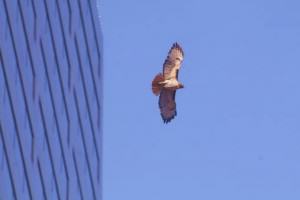
For me this project has been a truly eye-opening experience. I intuitively recoil from all things virtual. My bias is to get people out in the field. Why watch it on television if you can see it in person? In fact, why watch it on television even if you can’t see it in person? The only reason that this project happened at all was a serendipitous pairing of events.
One afternoon in early April of 2007 I received a call at Audubon from a reporter named Vince Patton who I had worked with for many years at KGW/ Channel 8. He told me that he and his colleagues had come up with what might be a “silly idea” but he wondered if we knew of any downtown raptor nests where it might be possible to install a web cam. The call might have led nowhere but for the fact that my colleague, Karen had received a call only a few minutes earlier from a gentleman named Dieter Waiblinger, informing us that a pair of red-tailed hawks had taken-up residence on the fire escape outside his 11th story offices. I told Vince to give me an hour and I would get back to him.
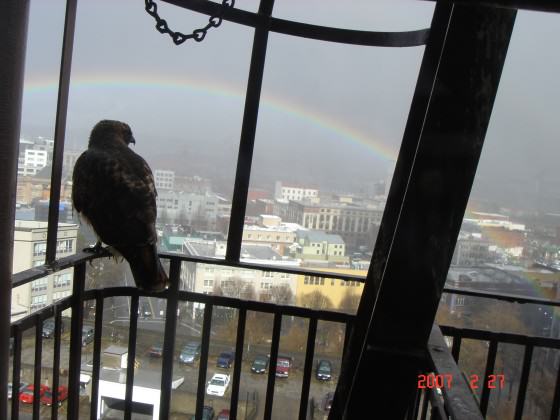
We found the hawks nesting on the fire escape just below the window sill literally a few feet from Dieter’s desk, separated by only a window and a low frame. If you opened the window, you would have been able to reach out an pat the brooding birds on their heads. The hawks already had two nestlings in the nest so installation of a camera outside on the fire escape itself that first season was not feasible. However, we were able to install a cheap web cam on a tripod on the inside of the window.
At first we questioned whether it was even worth the effort. On short notice, the best we could do would be to get grainy footage, shot through a dirty window, with a large metal bar bisecting the image. I also had my own personal doubts as well. I questioned whether we were perpetuating a culture of virtual reality when in fact our job was to get people out from in front of televisions and into the great outdoors. I also worried that focusing attention on these birds would somehow place them at increased risk.
After some consultation with Fish and Wildlife agencies we determined that we could move forward without jeopardizing the birds and I decided to suspend my doubts about the digital versus the real world. We quickly developed webpage and KGW ran snippets of footage of the nesting hawks on the evening news and in the dead space between programming. I agreed to provide on-line natural history, color commentary and answered viewer questions. We informed our viewers that this would be real “reality television.” We promised them an intimate and unfiltered look at the life of red-tails nesting amid our concrete canyons We explicitly did not guarantee happy endings.
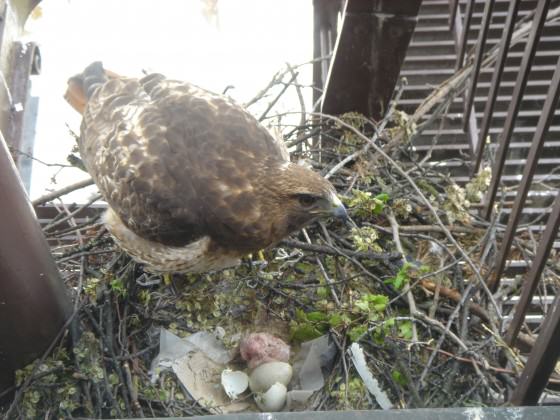
Our doubts were misguided. Within days the “KGW-Audubon Raptor Cam” became a local phenomenon. Despite starting well into the nesting season and capturing only the final two months of the cycle, the web site received more than 50,000 hits in a little over eight weeks and received a great deal of local and national coverage as other news outlets and NBC affiliates nationwide began to pick up the story of the fire escape red-tails. Office workers would periodically bump the camera putting it out of focus and triggering a deluge of calls to Audubon and KGW from upset viewers. Following that first season, a generous anonymous donor bought us a new hi tech camera with the ability to pan and zoom remotely from the KGW studio which we installed above the nest during the off-season. We were told that the donor’s family loved Raptor Cam but thought our camera was junk.
What a strange and interesting window in their world Raptor Cam turned out to be. The nesting cycle is of course intrinsically fascinating in and of itself, but this one came with a uniquely urban flair. Along with the expected selections of rock doves and city rats, our Raptor Cam red-tails also had a penchant for collecting and delivering city garbage to the nest. They brought in ropes, strips of rubber, small electronic devices, a mop head and myriad other found objects to incorporate in among the branches that they piled high on the fire escape.
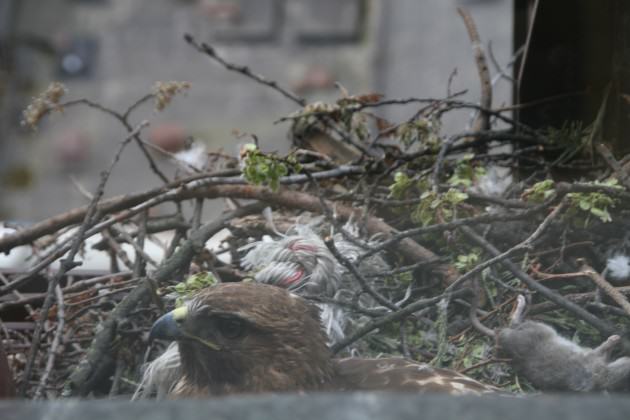
They had a particular proclivity for plastic bags. At first we assumed that a bag that suddenly appeared drifting about the nest had blown in with the wind. However in the ensuring months and years, it became clear the adult red-tails actually were intentionally seeking out and delivering bags to the nest and actively incorporating them into their nesting and rearing activities. Sometimes the bags were under the eggs, sometimes on top of them, sometimes surrounding them like a little plastic moat. The newly hatched chicks were similarly ensconced. As the chicks grew older, they would use the bags first for entertainment playing tug of war and then to practice their hunting skills, pouncing upon the bags and shredding them with their talons and beaks. Eventually the fire escape red-tails became poster-children in a effort to ban single use plastic bags with their pictures presented in hearings at City Hall and the State Capital as evidence of how plastic bags interact with wildlife.
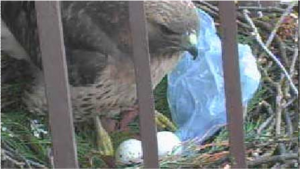 Most intriguing to me was the on-line community that formed around these birds. During the second season of Raptor Cam, the number of hits on the site jumped to 400,000 and by the third season, hits approached 1 million. Dozens of people wrote in daily with their thoughts, opinions, questions and hopes for these birds.
Most intriguing to me was the on-line community that formed around these birds. During the second season of Raptor Cam, the number of hits on the site jumped to 400,000 and by the third season, hits approached 1 million. Dozens of people wrote in daily with their thoughts, opinions, questions and hopes for these birds. 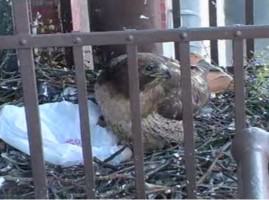 As a conservation advocate and educator, what I found particularly gratifying was the number of people we were able to reach who otherwise might never have noticed a bird in the city, people who otherwise might be out of reach to a conservation organization like Audubon, the holy grail of conservation education–the non-converted. It was clear from the questions and comments that for many of the most avid viewers, birds in the city, and perhaps
As a conservation advocate and educator, what I found particularly gratifying was the number of people we were able to reach who otherwise might never have noticed a bird in the city, people who otherwise might be out of reach to a conservation organization like Audubon, the holy grail of conservation education–the non-converted. It was clear from the questions and comments that for many of the most avid viewers, birds in the city, and perhaps
birds in general, were more or less new concepts. The number of postings over the years that followed the pattern “I never cared about birds…until now” has been remarkable.
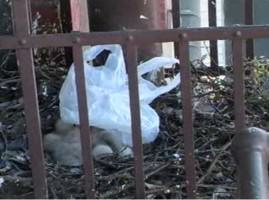
We chose not to filter any of the content. Some eggs did not hatch and some nestlings did not survive. In the second year of Raptor Cam viewers watched as one chick succumbed to a severe protozoan infection called Trichomonas. A debate raged on-line for days about whether or not the nestling should be “rescued.” In reality, the question was moot in that intervening would have been neither legal (the active nest is protected from interference under federal law) nor feasible (there was no way to get to the nest without potentially spooking the sick bird’s siblings into prematurely fledging off the fire escape and 11 stories down to the road below.) However, it was a fascinating and remarkably thoughtful online discussion regarding the ethics of how best to interact with the wildlife in our midst. When should we intervene and when should we let nature take its course?
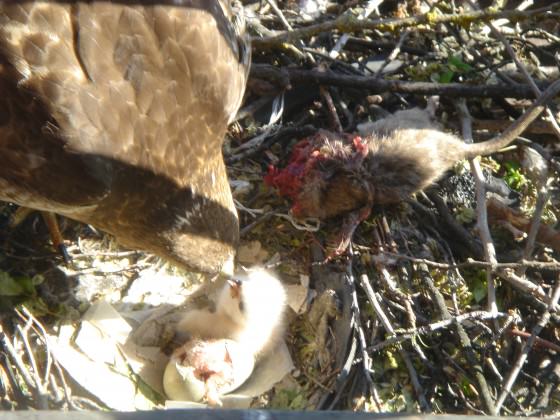
When the youngster finally did succumb, his death was met with an immediate online barrage of anger and grief…anger that we did not intervene, but also that we had engaged the community in a drama that failed to deliver a storybook ending. The initial response was raw enough that it gave me pause—perhaps we had delivered something too visceral for the audience we were reaching? Were we at risk of alienating rather than engaging people with urban wildlife?
The next day however, something remarkable happened. Others in the online community began to respond to the original blogs, gently explaining about the reality of life in the nest, letting nature take its course, giving thanks for the opportunity to get an intimate peak into these birds lives and for the birds themselves. The day after that, many of the people who were initially so bereft wrote in to apologize for their harsh words although more than a few questioned whether hawks nesting on the 11th floor fire escape of an office building, surviving on invasive pigeons and rats, and living their lives on network television could be considered “natural.”
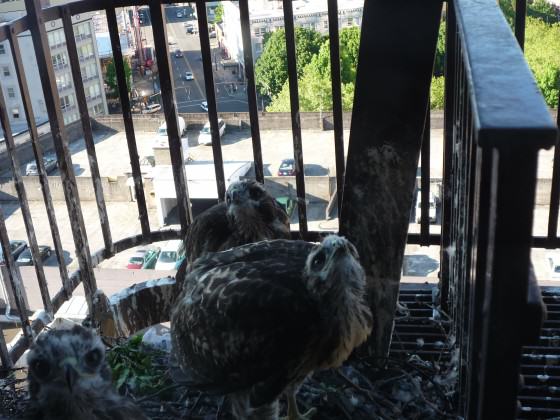
Another spirited online discussion revolved around naming the birds. For a short while some folks took to referring to the pair online as Rhett and Scarlett. However, those monikers were ultimately rejected by the online community, which felt that it would be bad luck to saddle the hawks with the names of star-crossed lovers. After some additional online discussion a consensus, or at least as much of a consensus as can be achieved on a blog, seemed to be reached that wild birds did not need human names.
Over time these birds seeped deep into the collective psyche of the community. A viewer in Michigan wrote them a theme song “With Wilder Wings” and posted a video on line. I recall walking through the Mayor’s office and having several people tell me that they set their browsers to raptor cam. A wildlife refuge manager in Eastern Oregon told me that he had become addicted to watching the hawks. Once on an airplane departing from Portland, a fellow passenger noticed my Audubon cap and assuming I was into birds asked if I had seen the Raptor Cam. When I told him that I wrote the raptor cam blog, I was immediately surrounded by half a dozen passengers who wanted to hear firsthand about the birds, until the stewardess came over the intercom and sternly admonished passengers from congregating and ordered people back to their seats. It was the closest a bird nerd will ever come to knowing what it is like to be a celebrity.
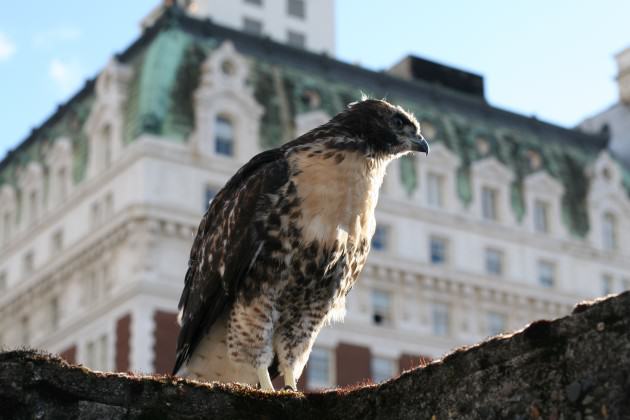
I believe that a big part of what made the story of these birds so appealing and accessible was the way in which their story intersects with our own. There was the time that a fledgling spent an hour practicing his flying skills by repeatedly jumping from the ground to the top of a bike rack in the middle of a busy plaza while his sister watched his antics from a nearby tree. Another time, I found a newly fledged bird perched in a tree, entranced by belly dancers that were performing below. One youngster had to be rescued when he inadvertently wandered into the revolving door of a four star hotel.
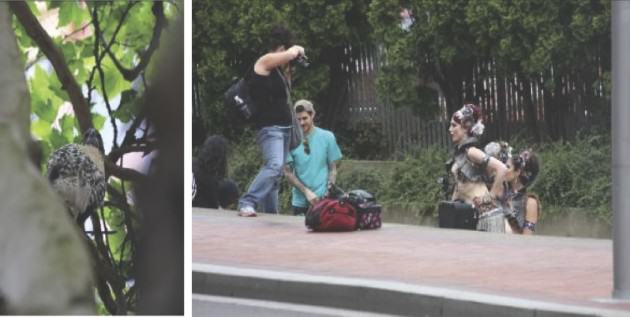
In the intervening years, bird cams have proliferated, some far more sophisticated and spectacular than our own Raptor Cam. However, until our birds relocated to another building in 2012, our audience remained loyal and continued to grow. I continue to be amazed how often the fire escape red-tails come up as I make the rounds. I still wonder the degree to which eyes on the screen translates to action on the ground, but I have a strong suspicion that a good number of people are stopping to look skyward who might not have stopped before.
Bob Sallinger
Portland, Oregon USA
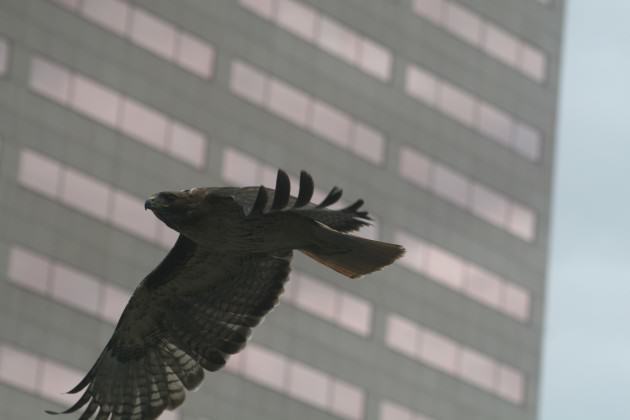

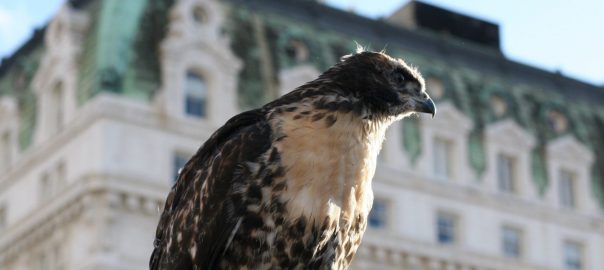






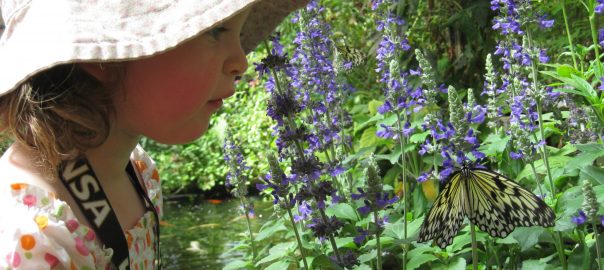
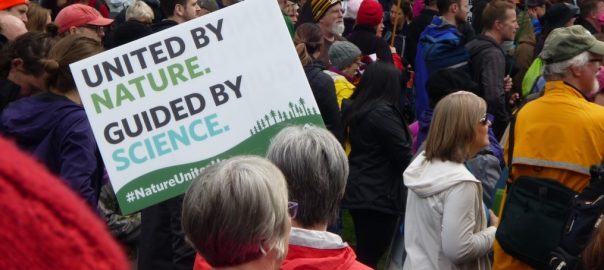
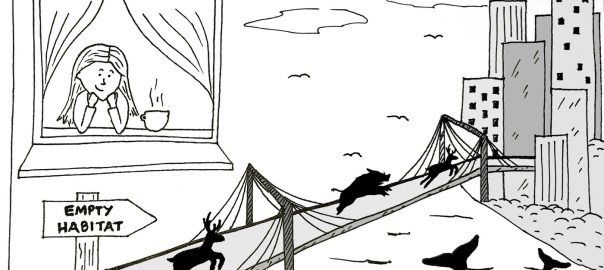
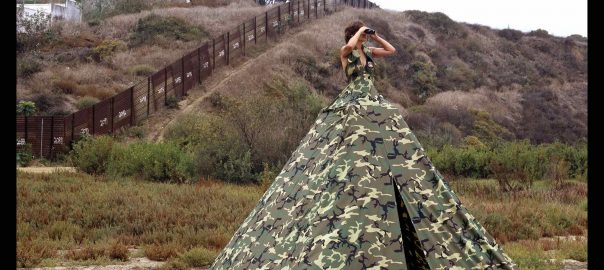
Your “Fire Escape Red-tails” is a great story, Bob. Like you, I have something of an aversion to virtual reality and the various forms of “reality” programming so common now, especially on TV. But your posting makes it clear that the video cam “linked in” legions of people to the hawks, people who would ordinarily pay little or no attention to the wild nature of cities.
Still, there remains something disturbing about the huge number of people who are drawn to this “virtual” experience of nature, rather than experiencing urban (or rural) wildness firsthand. But as you suggest, we can hope that the web cam has motivated at least some of the viewers to more actively engage with “real” nature, and perhaps even become advocates for birds and other forms of wild nature. I wonder if there are any studies into the question of whether virtual experiences such as you describe do lead to more active participation with nature and advocacy for it. Good food for thought.
Thanks, Bob, for this eloquent first-hand illustration of how a little initiative can lead to something of a breakthrough in reaching the unconverted. Perhaps of particular significance was the series of reactions to the chick that died – I think that, sad though it must have been to behold, in context it might have had the greatest impact of all in putting viewers “in contact” with the natural world and getting them to really think about urban nature rather than just being entertained by it. While hawks are relatively glamorous representatives of urban nature, I have a feeling that such filming of others may have similarly enlightening and educational potential. I’m inspired to see what’s available and to recommend this approach to some of the cities I work with.